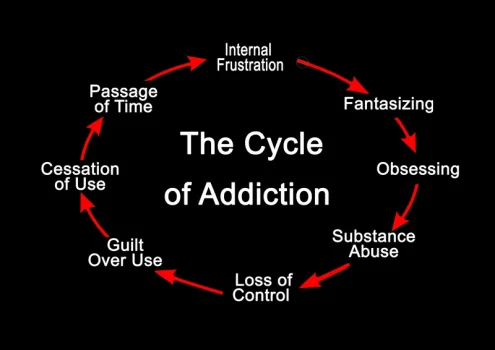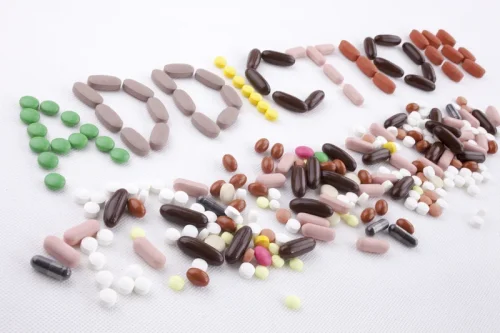
Although well described in international emergency medicine literature, UK emergency physicians rarely make the diagnosis of AKA. There is increasing evidence that rather than being benign and self limiting, AKA may be a significant cause of mortality in patients with alcohol dependence. This literature review discusses the history, characterisation, pathophysiology, diagnosis, and management of AKA. In some instances, doctors may also assess for lactic acidosis, a condition characterized by an excessive buildup of lactic acid in the bloodstream. Treatment approaches will depend on the specific diagnosis derived from these investigations, allowing healthcare providers to deliver tailored care. Your body typically produces ketone bodies when breaking down fat for energy, but their levels can rise significantly if you consume a lot of alcohol and don’t eat enough.
Other causes of acetone-like breath
Leukocytosis may indicate an infectious pathology as the trigger and cultures are sent from blood, urine, or other samples as clinically indicated. Serum sodium is usually relatively low because of shifts of solvent (water) from the intracellular to extracellular spaces https://ecosoberhouse.com/ because of the osmotic pull of hyperglycemia. Hence, normal or elevated serum sodium is indicative of severe volume depletion. Alcoholic ketoacidosis (AKA) is a clinical condition primarily affecting individuals with a history of chronic alcohol use or binge drinking.
Clinical ReviewsAlcoholic Ketoacidosis: Etiologies, Evaluation, and Management

It is not uncommon for the ingested ethanol to have already been metabolized, leading to low or normal serum levels when checked. The acetic acid can be shunted towards ketogenesis in favorable insulin/glucagon concentrations, which is seen in hypoglycemia. The high ratio of NADH to NAD+ also favors the reduction of acetoacetate to beta-hydroxybutyrate. Low insulin levels are seen inherently in as either an absolute or relative deficiency in type I diabetes or a relative deficiency with insulin resistance in type 2 diabetes. In alcoholic or starvation conditions, low insulin levels are secondary to absolute or relative hypoglycemia.

Preventing Fruity Breath

When DKA is found in patients using SGLT2 inhibitors, it is often “euglycemic” DKA, defined as glucose less than 250. Therefore, rather than relying on the presence of hyperglycemia, close attention to signs and symptoms of DKA is needed. If you have diabetes, managing alcoholic ketoacidosis smell your blood sugars and taking your medications as prescribed can help reduce your risk of fruity breath. In some cases, fruity breath has causes that are not related to ketones. People with liver disease can experience fruity breath, but it’s a bit different.


- Diabetes self-management education (DSME) and diabetes self-management support (DSMS) are recommended at the time of diagnosis of prediabetes or diabetes and throughout the lifetime of the patient.
- Insulin may be required if you have uncontrolled blood glucose levels.
- If you are unable to test your blood sugar and ketones, go to the emergency room.
- The primary goal is to restore your body’s electrolyte levels, such as potassium, magnesium, and phosphorus.
- If you experience fruity breath after intentionally fasting or following a ketogenic diet, you don’t have cause for concern.
This Is What May Be Causing Your Fruity Breath
Differences in metabolic and hormonal milieu in diabetic- and alcohol-induced ketoacidosis
Difference of Fruity Breath Related to Liver Disease
- Toxic metabolites of both substances result in severe metabolic acidosis with wide anion gap and wide osmolal gap.18 Neither, however, causes ketosis.
- If history does not rule out toxic alcohol ingestion as a cause of the elevated anion gap, serum methanol and ethylene glycol levels should be measured.
- Alcoholic ketoacidosis is a condition that can happen when you’ve had a lot of alcohol and haven’t had much to eat or have been vomiting.
- The pH may not be as low as in DKA or AKA, and the glucose levels may be relatively normal.